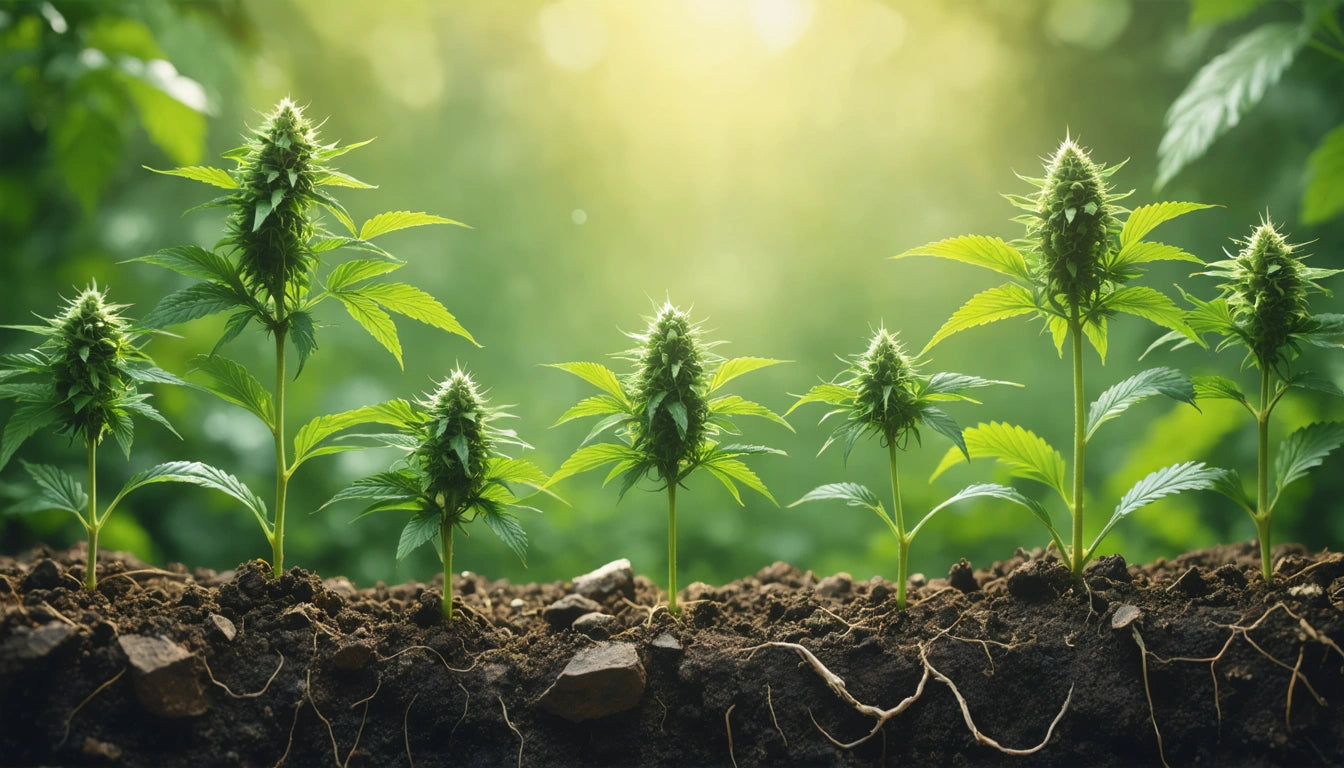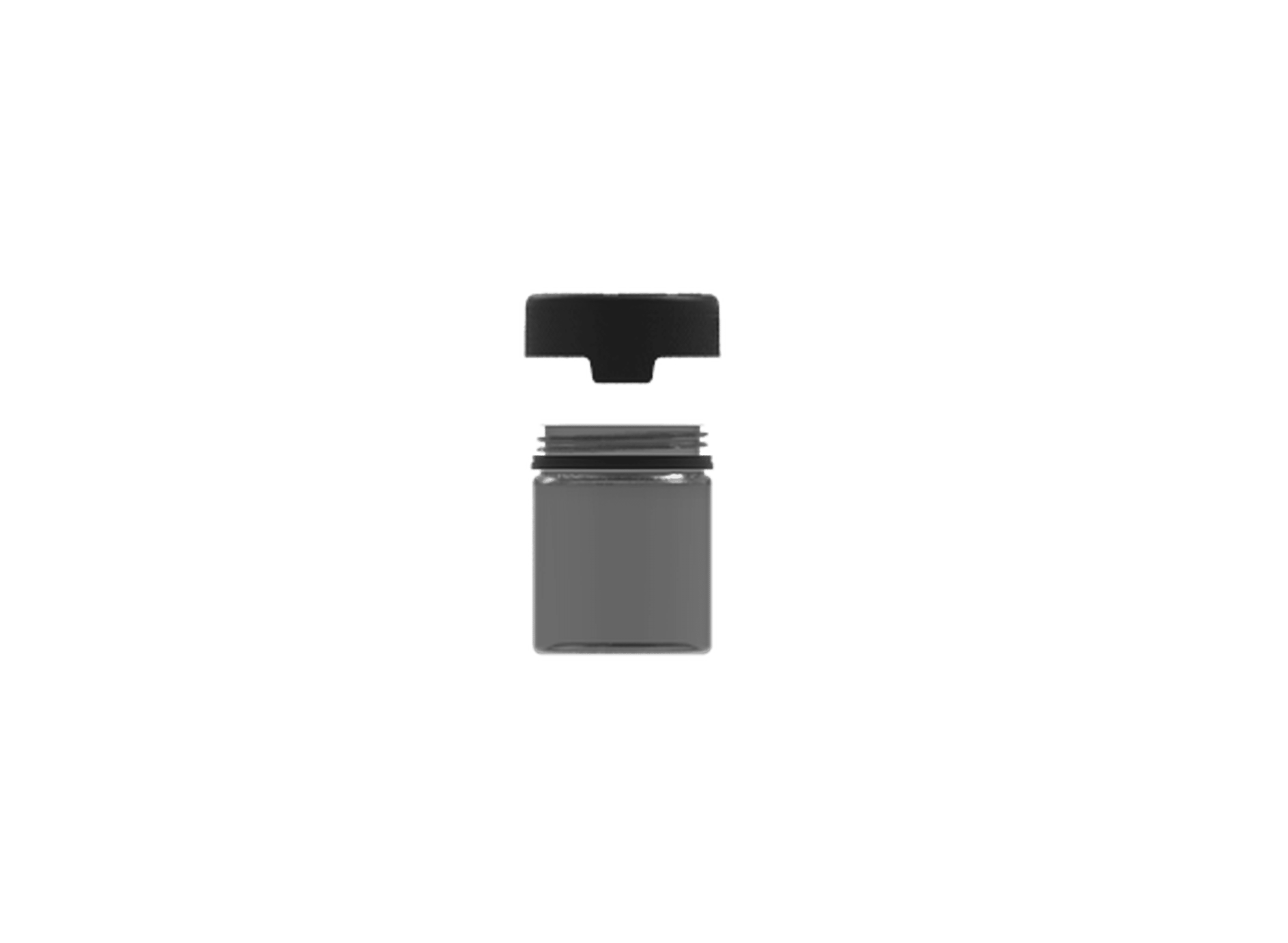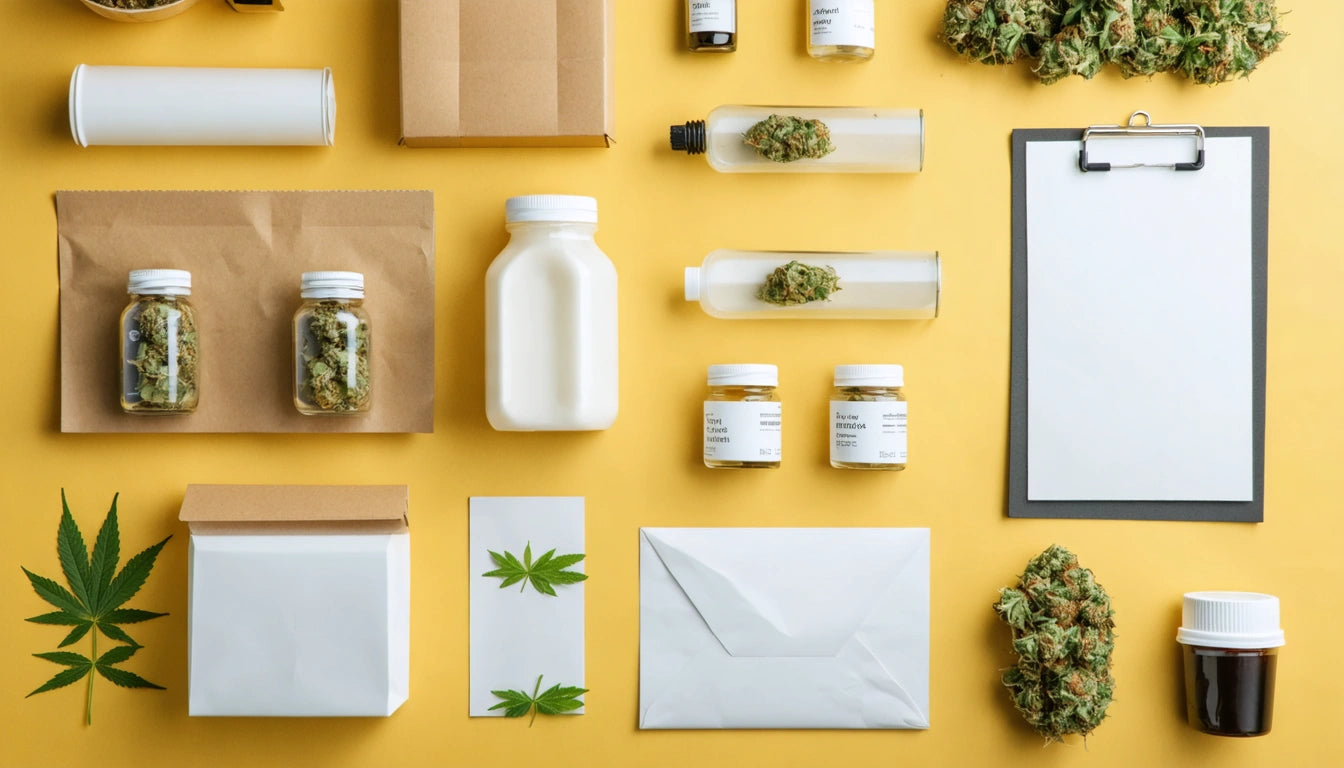Table of Contents
Light is perhaps the most critical factor in cannabis cultivation, acting as the plant's primary energy source and growth regulator. Understanding how light cycles influence each growth stage allows cultivators to maximize plant health, potency, and ultimately, harvest yield. This guide explores the science behind cannabis light cycles and provides practical strategies for optimization.
Understanding Cannabis Light Requirements
Cannabis plants respond dramatically to light duration, intensity, and spectrum. As photoperiod-sensitive plants, most cannabis varieties rely on specific light cycles to trigger vegetative growth or flowering. This sensitivity evolved as cannabis adapted to seasonal changes in its natural environment.
The relationship between light and plant development is complex, involving photoreceptors that detect light duration and quality. These receptors trigger hormonal responses that direct the plant to either focus on vegetative growth or shift to reproduction (flowering).
Vegetative Stage Light Cycles
During the vegetative stage, cannabis plants prioritize structural development, creating stems, branches, and leaves that will eventually support flower production. The standard light cycle for this phase is 18 hours of light followed by 6 hours of darkness (18/6).
This extended light period mimics summer conditions, when days are longest. The plant interprets this as the optimal time to build vegetative mass rather than reproduce. Some growers even employ a 24/0 schedule (constant light) during vegetation, though this approach has both advocates and critics.
Benefits of 18/6 vs. 24/0 Cycles
- 18/6 cycle: Provides recovery time for plants, potentially improving overall health
- 18/6 cycle: Reduces electricity costs compared to 24/0
- 24/0 cycle: Maximizes growth rate in some strains
- 24/0 cycle: Eliminates temperature fluctuations from lights turning off
According to research on cannabis nutrient requirements, plants under different light cycles may have varying nutritional needs, with 24/0 cycles potentially requiring more frequent feeding.
Flowering Stage Light Manipulation
The transition to flowering occurs when cannabis plants receive 12 hours of light and 12 hours of uninterrupted darkness (12/12). This mimics fall conditions, signaling to the plant that winter is approaching and it's time to reproduce.
The dark period is particularly critical during flowering. Even brief light interruptions during the dark cycle can stress plants, potentially causing hermaphroditism or delayed flowering. Many cultivators use light-proof grow tents or rooms with proper seals to prevent light leaks.
When transitioning from vegetative to flowering stage, proper storage of cultivation supplies becomes crucial. Our secure containers with child-resistant lids help maintain the integrity of nutrients and additives that support healthy flowering, while keeping them safely stored between applications.
Autoflowers vs. Photoperiod Strains
While most cannabis varieties are photoperiod-dependent, autoflowering strains have revolutionized cultivation by removing light cycle dependencies. These strains contain genetics from Cannabis ruderalis, which evolved in regions with extreme seasonal light variations.
Comparing autoflower and photoperiod strains reveals distinct advantages to each approach. Autoflowers typically transition to flowering based on age rather than light cycle, usually flowering automatically after 3-4 weeks regardless of light schedule.
Light Cycle Approaches for Autoflowers
- 18/6 throughout the entire lifecycle (most common)
- 20/4 for maximizing growth potential
- 24/0 for extreme northern/southern latitudes with unusual natural light patterns
The independence from strict light cycles makes autoflowers particularly suitable for outdoor growers in regions with unpredictable light conditions or for cultivators seeking multiple harvests per season.
Light Spectrum Considerations
Beyond duration, light spectrum significantly impacts cannabis development. Different light wavelengths trigger specific growth responses:
Blue spectrum light (400-500nm) promotes vegetative growth, compact plant structure, and leaf development. Metal halide (MH) lights and "vegetative" setting LEDs typically emphasize this spectrum.
Red spectrum light (600-700nm) enhances flowering, triggering and supporting bud development. High-pressure sodium (HPS) lights and "bloom" setting LEDs concentrate on this range.
Full-spectrum light provides a balance of wavelengths, mimicking natural sunlight. Modern LED grow lights often offer adjustable spectrum settings that can be tailored to each growth stage.
When comparing indoor versus outdoor growing, spectrum management represents one of the indoor cultivator's greatest advantages. Indoor growers can fine-tune light spectrum throughout the plant's lifecycle, potentially increasing trichome production and cannabinoid concentration.
Optimizing Light Cycles for Maximum Yield
Strategic light cycle manipulation can significantly boost harvest yields. Beyond the standard cycles, advanced techniques include:
Light Ramping
Rather than abruptly switching from 18/6 to 12/12, some growers gradually reduce light hours over 1-2 weeks. This mimics the natural seasonal transition and may reduce stress while potentially increasing flower sites.
Light Deprivation
Outdoor growers use blackout systems to artificially create 12-hour dark periods, allowing multiple harvests per season. This technique bridges the gap between indoor control and outdoor growing conditions.
Gas Lantern Routine
This advanced technique uses an 11/1/11/1 light cycle (11 hours on, 1 hour off, 11 hours on, 1 hour off) during vegetation. Proponents claim it maintains vegetative growth while reducing electricity costs by 25% compared to 18/6 cycles.
Proper harvest timing is also influenced by light cycles, with many cultivators making slight adjustments in the final weeks to maximize resin production. Some growers gradually increase dark periods in the final week, believing this stimulates a last surge in trichome development.
Regardless of the approach, consistent light cycles without interruptions remain fundamental to successful cannabis cultivation. Even minor disruptions can stress plants, potentially reducing yield or quality.











Leave a comment
All comments are moderated before being published.
This site is protected by hCaptcha and the hCaptcha Privacy Policy and Terms of Service apply.